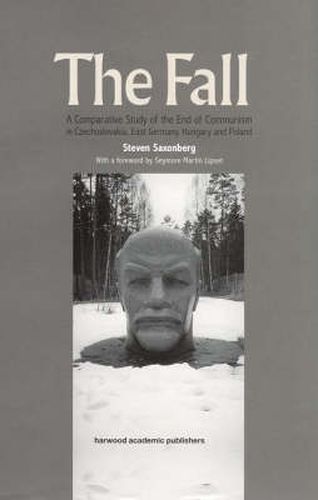Readings Newsletter
Become a Readings Member to make your shopping experience even easier.
Sign in or sign up for free!
You’re not far away from qualifying for FREE standard shipping within Australia
You’ve qualified for FREE standard shipping within Australia
The cart is loading…






This is an examination of one of the 20th century’s historical puzzles: why did the communist-led regimes in Eastern Europe collapse so quickly and why was the process of collapse so different from country to country? This study explains why the impetus for change in Poland and Hungary came from the regimes themselves, while in Czechoslovakia and East Germany it was mass movements which led to the downfall of the regimes. This book uses empirical material and the author draws on his interviews with many of the most important participants in the events of 1989. At the same time, it makes a theoretical contribution. Conventional opinion is opened to scrutiny on issues such as the role of Gorbachev and the influence of civil society. In addition, the book develops a critique of the two main traditions of research on political change: those of transition and revolution. Here Saxonberg develops a model which incorporates the fruits of both these paradigms and compares the similarities and differences in the democratic transitions of these communist regimes.
$9.00 standard shipping within Australia
FREE standard shipping within Australia for orders over $100.00
Express & International shipping calculated at checkout
This is an examination of one of the 20th century’s historical puzzles: why did the communist-led regimes in Eastern Europe collapse so quickly and why was the process of collapse so different from country to country? This study explains why the impetus for change in Poland and Hungary came from the regimes themselves, while in Czechoslovakia and East Germany it was mass movements which led to the downfall of the regimes. This book uses empirical material and the author draws on his interviews with many of the most important participants in the events of 1989. At the same time, it makes a theoretical contribution. Conventional opinion is opened to scrutiny on issues such as the role of Gorbachev and the influence of civil society. In addition, the book develops a critique of the two main traditions of research on political change: those of transition and revolution. Here Saxonberg develops a model which incorporates the fruits of both these paradigms and compares the similarities and differences in the democratic transitions of these communist regimes.